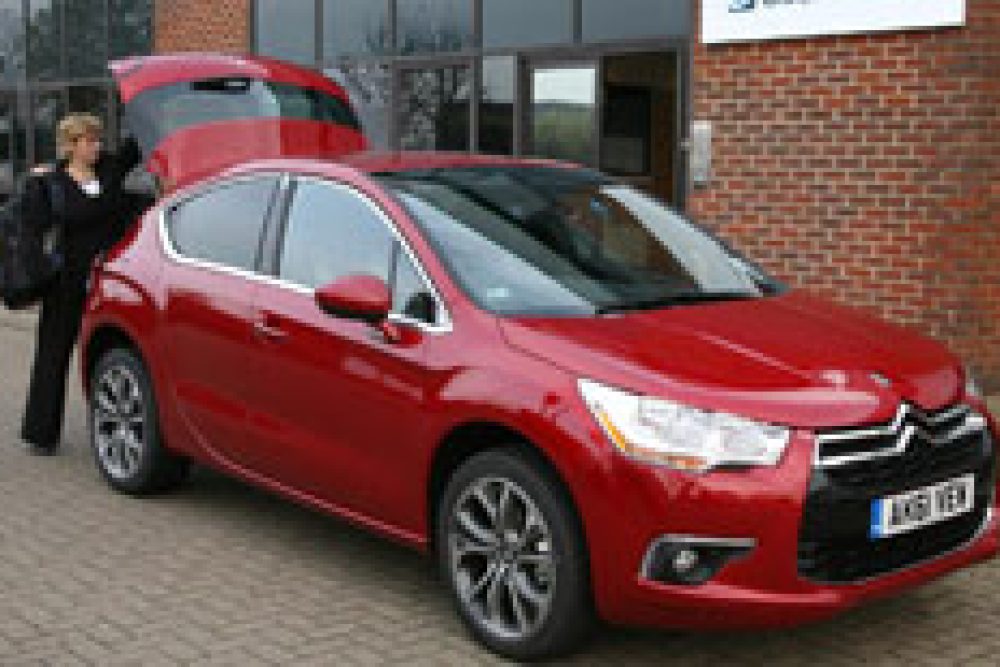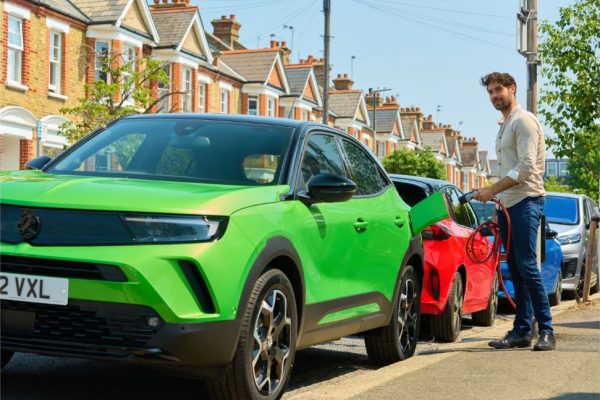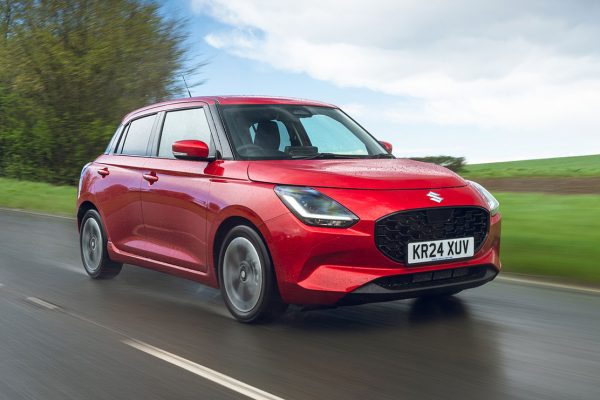
By Caroline Holmes, IAM
SAVING money while you drive – it’s something all business car and business van drivers should think about, whether the saving is for your SME business or your own pocket.
The main principle of advanced driving – looking ahead to avoid having to stop so often – is also the key to green driving.
Keep your vehicle moving as long as you can, even in traffic queues. Driving at a constant speed is far more fuel efficient than accelerating and braking. It is also safer because stopping increases the risk of being hit from behind.
It will take most cars at least a couple of miles to warm up and run efficiently. Could you walk or cycle and get to your destination while enjoying some exercise? Or is public transport an option?
If not, think about linking short trips together to avoid starting several journeys with a cold engine. Reverse into parking bays: if you do all the manoeuvring with a hot engine you can drive straight off when you come back. This warms the engine up quickly.
Checking your vehicle regularly makes driving more efficient. In particular check the pressure of your tyres weekly, when they’re cold. Wrongly inflated tyres have a big impact on fuel economy and they are also more vulnerable to damage. Check if your car has an eco-setting for its tyres.
Lose weight Put your car on a diet. Remove unnecessary weight, including roof racks, car clutter and heavy items in the boot. The heavier you are, the more fuel you’ll burn. Removing clutter from the car also reduces the risk of something rolling forward and sticking under a pedal.
Use air conditioning and climate control sparingly as they significantly increase fuel consumption. When frozen, scraping or spraying your windscreen before starting the engine will reduce the need to use these functions for as long. Around town open your windows to cool the car down, but at high speeds, keep your windows closed to maintain the aerodynamics of the car. Use air-con to get the car to a comfortable temperature, and then turn it off.
Keep it clean Keeping the inside of the front and rear windscreens squeaky clean will reduce the time you need to spend using the heating/air con to clear the screen. Traffic fumes form a film on the glass which attracts moisture and makes them mist up easily.
Stick to the speed limit. This offers a good compromise between economy and getting somewhere.
If you do all this, you will find your business driving being kinder on your pocket – and that of your SME employer.
To help drivers stay safe this winter, the IAM has a new website,drivingadvice.org.uk, with traffic updates, weather forecasts and tips on how to drive safely in winter.
Tips cover rain, snow, ice, fog and wind – everything you can expect in a typically unpredictable British winter. Check it out before you travel.
Previous articles by Caroline Holmes Read Make a new gears resolution.







